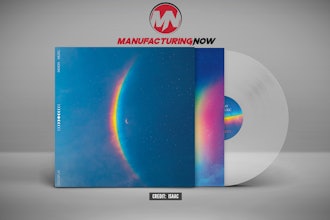Last week, Boom Supersonic, the company behind the Overture supersonic passenger aircraft, announced a new partnership with the engine pros at Rolls-Royce. The company is collaborating on a Rolls-Royce-built propulsion system that will hopefully fit the Overture's airframe.
Teams from Boom and Rolls-Royce team will determine whether an existing engine architecture can be adapted for supersonic flight while Boom’s internal team continues to develop the airframe configuration.
According to Blake Scholl, Boom founder and CEO, his company has previously worked with Rolls-Royce to "lay the groundwork for this next phase of development.”
Sustainability will be at the forefront of the collaboration as both companies recognize that supersonic passenger travel must be compatible with a net-zero carbon future. While that pursuit means myriad technological challenges, the prospect of supersonic flight provides a unique opportunity to accelerate innovation.
Sustainable supersonic flight is more possible than ever as a result of advancements in aircraft design, the continuing development of sustainable aviation fuel infrastructure, and the increasing availability of high-quality carbon offsetting. Boom is focused on minimizing Overture’s environmental impacts, including both noise and emissions footprints.
While the Overture passenger craft is the long term goal, the next step for Boom and its collaborators is the XB-1, a Mach-2.2 supersonic demonstrator aircraft that Boom plans to roll out as part of a virtual event on October 7, 2020.
The XB-1 will begin its test program later this year. First flight is scheduled for 2021, but that has been previously pushed back.
The Overture would fly approximately 2.6 times faster than other commercial aircraft, and carry about 55 passengers.
Boom and Rolls-Royce expect to make significant progress towards finalizing Overture’s aircraft configuration and propulsion system.






















